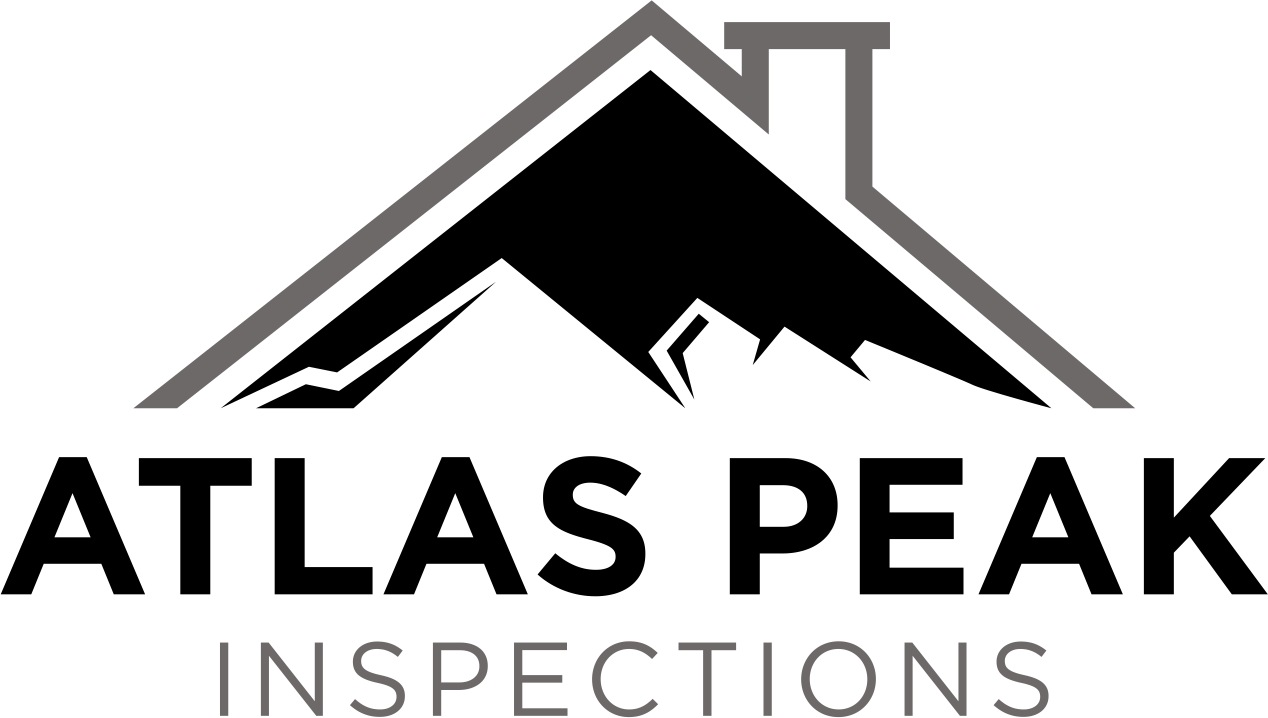-
The Importance of Lead Paint in a Home You Just Purchased: What You Should Do
Purchasing a home is a thrilling experience, but it’s also a big responsibility. Among the many important aspects of a new home, one that often goes unnoticed is the potential presence of lead paint. Lead-based paint was commonly used in homes built before 1978, and while it’s no longer used due to its health risks, it can still be a concern for homeowners today. If you’ve recently purchased an older home, understanding the risks of lead paint and knowing what to do about it is essential for the health and safety of your family.
Why Lead Paint is a Concern
Lead paint is hazardous, especially when it deteriorates and creates lead dust or chips. Lead poisoning is a serious health issue that can have long-term effects, particularly for young children, pregnant women, and pets. Lead exposure can cause developmental delays, learning difficulties, and behavioral problems in children. For adults, long-term exposure can lead to high blood pressure, joint pain, memory loss, and other serious health issues.
The risk arises when lead-based paint deteriorates—either through wear and tear or during renovations—and becomes airborne as dust or loose chips. Children and pets, who are more likely to come into contact with dust or chips on the floor or furniture, are especially vulnerable to lead poisoning.
How to Determine if Lead Paint Is Present
If your newly purchased home was built before 1978, there’s a chance it may have lead-based paint. Here’s how you can determine if lead paint is present:
Look for Chipping or Peeling Paint: Older paint is more likely to chip or peel, revealing the presence of lead-based paint beneath. If you see this in your new home, it’s important to address the issue immediately.
Have the Paint Tested: The most reliable way to know if lead paint is present is through testing. A professional lead paint inspector can conduct tests to determine if there are hazardous levels of lead in the paint.
Test the Dust: Even if you don’t see any visible paint deterioration, lead dust can be an issue. Testing for lead dust, particularly in high-risk areas like windowsills, floors, and play areas, is crucial.
What to Do If Lead Paint Is Found
If you discover that your new home contains lead paint, it’s important not to panic. There are effective ways to deal with the situation to ensure the safety of your family.
Don’t Disturb the Paint: If the paint is in good condition and not chipping or peeling, you may not need to take immediate action. However, it’s important not to disturb the paint, especially during renovations. Avoid sanding or scraping surfaces that may contain lead paint.
Clean Up Lead Dust: If lead dust is detected, thorough cleaning is essential. Use a damp cloth or mop to clean surfaces and reduce the spread of lead dust. Avoid using dry dusting methods, as they can spread harmful particles into the air.
Hire a Certified Lead Abatement Specialist: If lead paint is found in deteriorating condition or if lead dust levels are high, hiring a certified lead abatement professional is crucial. These experts are trained to safely remove and contain lead paint, ensuring that the work is done in compliance with regulations and safety standards.
Renovation Safety: If you plan on renovating your home, it’s important to take precautions when working in areas with lead-based paint. Certified contractors can help you create a safe work environment that minimizes the risk of lead exposure. They can also assist with proper disposal of lead-contaminated materials.
Ongoing Monitoring: Even after remediation, it’s a good idea to periodically test for lead dust in areas like the kitchen, playrooms, and bedrooms. Keeping your home lead-free is an ongoing process to protect your family’s health.
Conclusion: Protecting Your Family from Lead Paint Hazards
Buying a home is an exciting milestone, but it’s important to be aware of potential hidden hazards like lead paint—especially if the home is older. If you suspect that your new home contains lead-based paint, it’s crucial to test for it and take appropriate action. Remediation may be necessary, but with the help of professionals, you can ensure that your home remains a safe, healthy environment for your family.
If you’re unsure about whether lead paint is present in your home, or if you’d like to take the next step in addressing lead hazards, consider scheduling a professional inspection. A certified home inspector can provide you with the peace of mind that comes from knowing your home is free from dangerous lead paint and dust.
Don’t let lead paint be an unseen threat in your new home. Take the right steps to protect your family and make your home as safe and healthy as possible.


